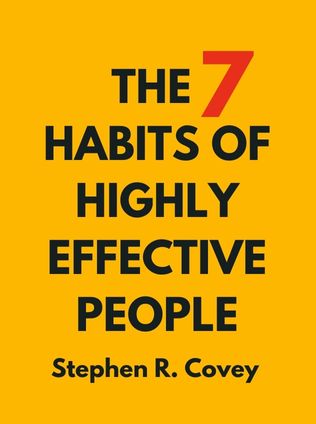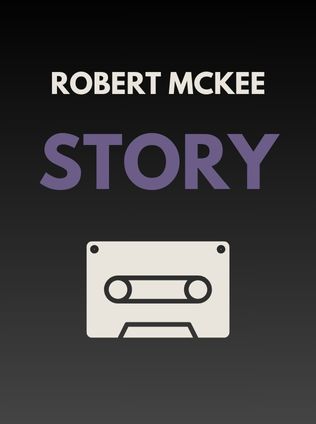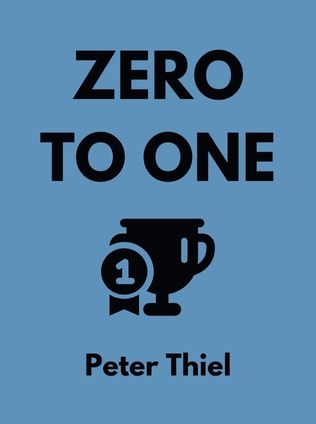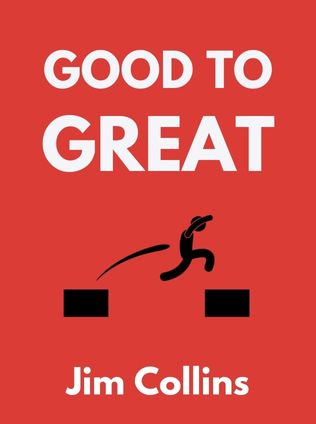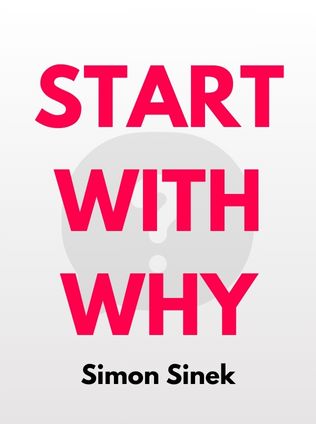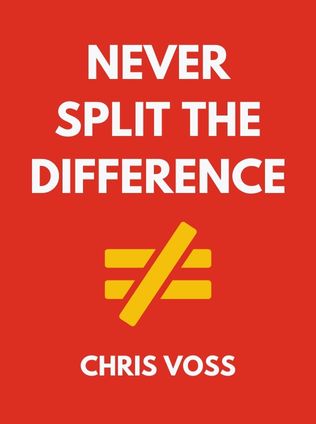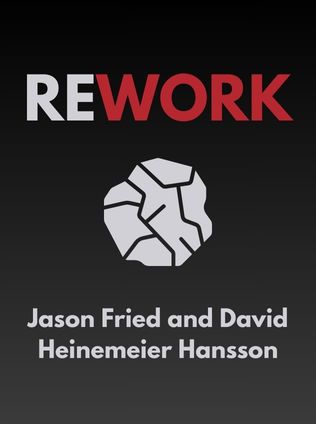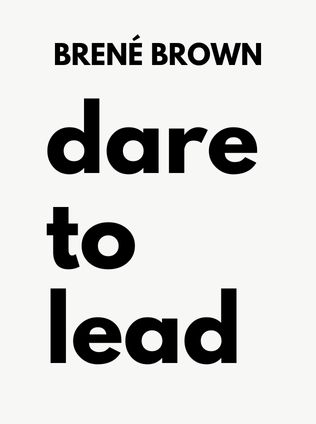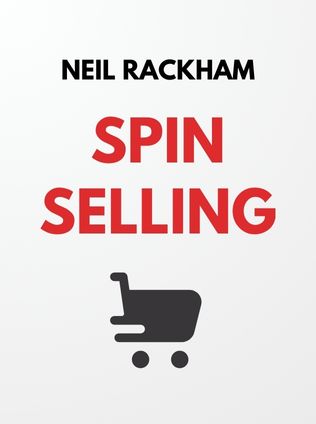
SPIN Selling
Situation Problem Implication Need-payoff
By Neil Rackham
Published 01/1988
About the Author
Neil Rackham, the author of SPIN Selling, is a pioneering sales researcher and consultant who founded Huthwaite International, a firm specializing in improving sales performance. Rackham’s background in behavioral research led him to question traditional sales methods and explore what truly makes salespeople successful, especially in large, complex sales environments. Over the course of his career, Rackham has conducted extensive research, analyzing more than 35,000 sales calls across various industries. This data-driven approach culminated in the development of the SPIN Selling model, which has revolutionized the way major sales are conducted. His insights have made a lasting impact on the sales profession, establishing him as a leading figure in the field.
Rackham’s approach is grounded in real-world research, emphasizing the importance of understanding customer needs and building value through strategic questioning rather than relying on traditional high-pressure closing techniques. His work, particularly in SPIN Selling, continues to shape sales strategies and training programs globally, offering practical and reliable methods for achieving success in sales.
Main Idea
In SPIN Selling, Neil Rackham presents a research-based model for making major sales, particularly in large and complex transactions where traditional sales techniques often fail. The book introduces the SPIN Selling method, which focuses on understanding and developing customer needs through a structured sequence of questions—Situation, Problem, Implication, and Need-Payoff (SPIN). Rackham argues that the key to successful sales lies not in aggressive closing tactics but in guiding the customer through a process of self-discovery, leading them to recognize the value of the solution being offered. The SPIN method provides a framework for sales professionals to engage customers in meaningful conversations that foster trust and long-term success.
Table of Contents
- Introduction to SPIN Selling
- Small vs. Large Sales: Key Differences
- The Four Stages of a Sales Call
- The SPIN Selling Approach
- Understanding and Developing Customer Needs
- Getting Commitment: Effective Techniques
- Implementing the SPIN Strategy
- Case Studies and Examples
- Conclusion: The Future of Selling
Introduction to SPIN Selling
Rackham begins by introducing the concept of SPIN Selling, explaining that traditional sales techniques, which focus on features, benefits, and high-pressure closing tactics, are less effective in large, complex sales. Through his research, Rackham identified that successful salespeople in major sales environments use a different approach, one that emphasizes strategic questioning to uncover and develop customer needs. This method, encapsulated by the SPIN acronym, is designed to guide the customer through a logical process that increases their recognition of the value of the solution being offered.
“Traditional closing techniques are less effective in large sales because the stakes are higher, and customers are more cautious. SPIN Selling provides a framework for engaging customers in a way that builds trust and demonstrates the value of your solution.” — Neil Rackham
The SPIN model is adaptive, focusing on the nuances of customer interactions in large sales environments. Rackham emphasizes that the key to success lies in the ability to ask the right questions at the right time, facilitating a deeper understanding of the customer’s needs and positioning the solution as the best answer to their problems.
Small vs. Large Sales: Key Differences
Rackham outlines the fundamental differences between small and large sales, explaining why these differences necessitate distinct approaches. In small sales, the transaction is typically quick, often concluded within a single interaction based on a straightforward feature-benefit analysis. However, large sales involve more complexity, requiring multiple interactions, longer sales cycles, and significant financial commitments. In these situations, the salesperson must take a more consultative approach, focusing on understanding the customer’s needs and building a relationship that extends beyond the initial sale.
Sign up for FREE and get access to 1,400+ books summaries.
You May Also Like
How To Win Friends and Influence People
The All-Time Classic Manual Of People Skills
By Dale CarnegieQuiet: The Power of Introverts
The Power of Introverts in a World That Can't Stop Talking
By Susan CainThe Lean Startup
How Today's Entrepreneurs Use Continuous Innovation to Create Radically Successful Businesses
By Eric RiesWho Moved My Cheese?
An Amazing Way to Deal with Change in Your Work and in Your Life
By Spencer Johnson, M.D.Make Your Bed
Little Things That Can Change Your Life...And Maybe the World
By William H. McRaven
